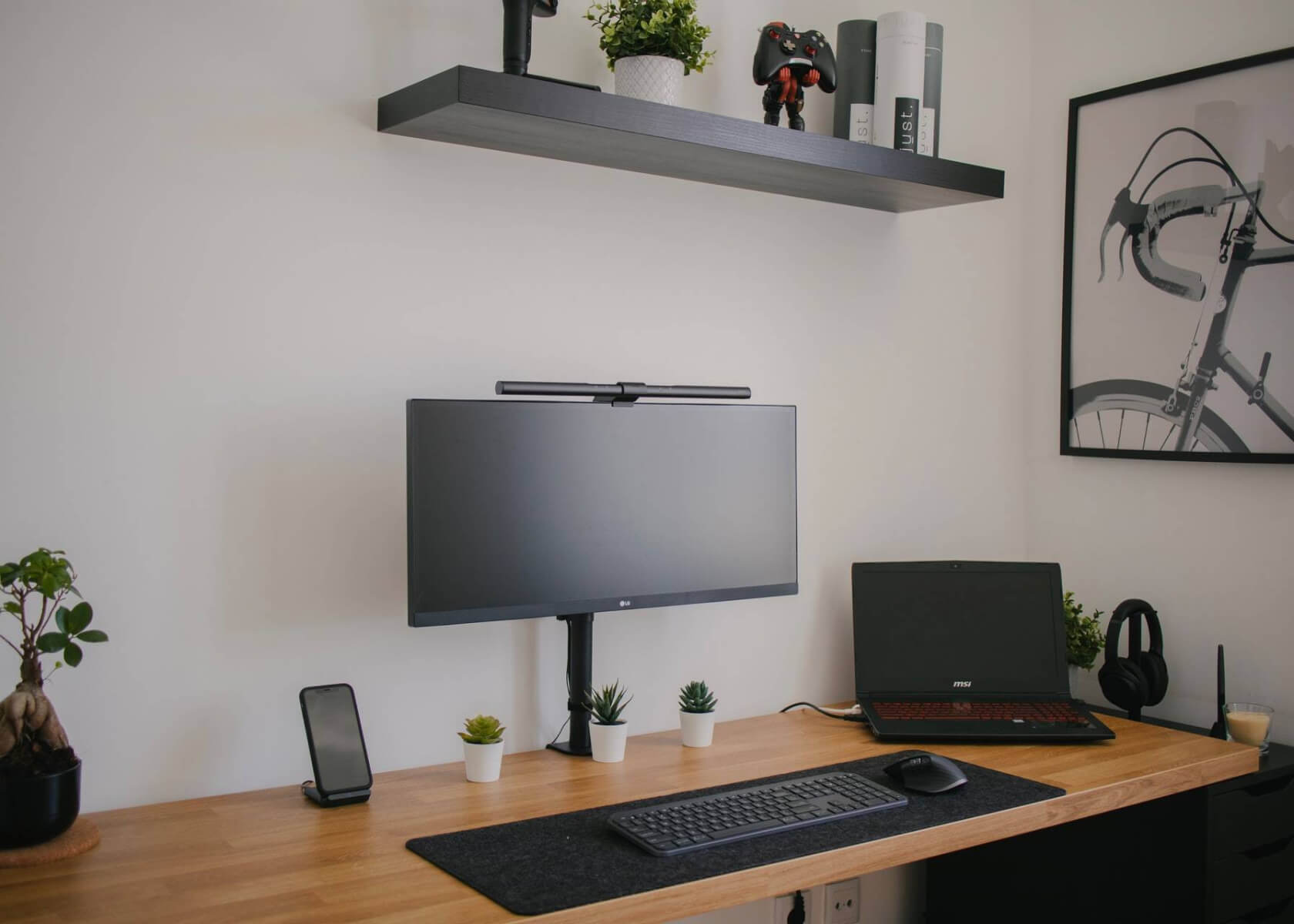Designing Multi-Column Layouts in Notion: A Guide to Structured Content Presentation

New to Notion?
How to Design Multi-column Layouts within Notion for Structured Content Presentation
Notion is a versatile tool that allows users to create and organize content in a variety of ways. While Notion now supports simple drag-and-drop column creation, you can still achieve highly structured multi-column layouts using different techniques. In this article, we explore several updated methods to design multi-column layouts, enabling you to present your content in a structured and visually appealing manner.
Method 1: Utilizing Tables
Tables in Notion provide a grid-like structure that can serve as a multi-column layout. This method is especially useful if you want a neat, organized arrangement for data or content blocks. Here's how to use tables:
Create a new table:
Insert a table block on your page by clicking the + button or typing/tableand selecting Table – Inline.Adjust the number of columns:
By default, Notion tables come with a couple of columns. Click the table block and use the toolbar options at the top to add or remove columns. You can adjust the width of each column by dragging the column headers.Populate the table:
Add your content to each cell. Tables can include text, images, or embedded items. This makes each cell act as a separate content container.Customize the table appearance:
Use the table toolbar to change colors, text alignment, and borders so the table fits your design needs. Notion’s updated table features now support richer formatting and inline database functionality.
Method 2: Employing Inline Columns with Drag-and-Drop
Notion now makes it easier to create inline columns simply by dragging blocks next to one another. This method offers more flexibility and a natural editing experience:
Create individual blocks:
Start by creating several blocks (text, images, etc.) that you wish to appear as columns.Drag a block beside another:
Hover over a block until you see the drag handle, then drag it to the right of an adjacent block. When a blue guideline appears, release to create a column layout.Add and arrange content:
Continue adding blocks to either column. You can rearrange or add new blocks anywhere within the column structure by using the drag-and-drop feature.Customize each column:
Click on any block to access formatting options. You can change the background color, text alignment, and other styling elements to differentiate the columns.
Note: This drag-and-drop method is the simplest way to establish multi-column layouts in Notion, replacing older command-based approaches.
Method 3: Combining Dividers and Columns
For an even more defined visual separation between columns, you can combine inline columns with dividers. This technique is ideal when you want clear boundaries between different sections of content.
Create inline columns using drag-and-drop:
Follow the steps in Method 2 to set up your inline columns.Insert dividers:
Between content blocks (or even within a column), type/dividerand select Divider to insert a horizontal line. Use dividers to create clear visual separations.Customize the divider appearance:
Although divider styling options are somewhat limited, you can adjust the line’s thickness or add contextual text near them to enhance the overall design.Populate the columns:
With the dividers in place, continue adding your content to each column. The dividers will provide a structured and segmented look to your layout.
Conclusion
Notion may not offer a dedicated "multi-column layout" feature, but its flexible editing environment allows you to experiment with various techniques—from tables and drag-and-drop inline columns to combining dividers for enhanced structure. By leveraging these methods and the customization options available, you can create organized, visually appealing content presentations that are tailored to your needs. Enjoy designing your layouts and exploring the full capabilities of Notion!


